Astigmatism is an imperfection in the normally spherical curvature of your cornea – the clear, round dome covering the eye’s iris and pupil – or in the shape of the eye’s lens.
Normally, the cornea and lens are smooth and curved equally in all directions, helping to focus light rays sharply onto the retina at the back of your eye. However, if your cornea or lens is not smooth and evenly curved, light rays aren’t refracted properly. This is called a refractive error.
When the cornea has a football-like shape, it is called corneal astigmatism. When the shape of the lens is like that, you have lenticular astigmatism. As a result of either type, your vision for both near and far objects appears blurry or distorted.
People can be born with astigmatism – in fact, most people probably are born with some degree of it – and they may have it along with other refractive errors: nearsightedness (Myopia) or farsightedness (Hyperopia).
Additionally, astigmatism can result from eye rubbing. While adults with a higher degree of astigmatism may realize their vision isn’t as good as it should be, children who have it may not be aware they have this condition, and are unlikely to complain about blurred or distorted vision. But if left uncorrected, it can seriously impair a child’s ability to achieve in school and sports. That is why it is critical that children have regular eye exams to detect astigmatism or other vision problems as early as possible.


